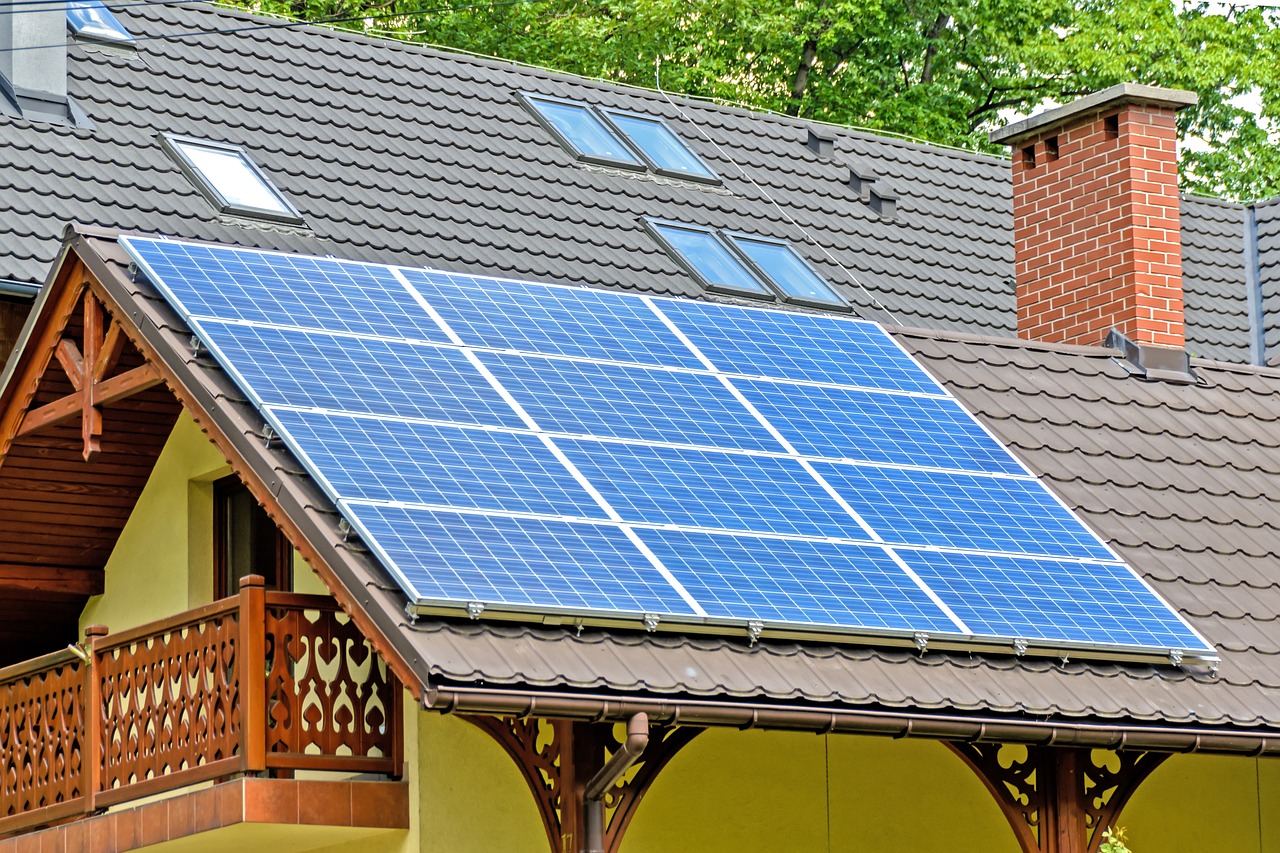
How to Renovate Your Home for Energy Efficiency?
The process of renovating your home to increase energy efficiency will not only lower the cost of utilities but also create better health for the environment. This complete guide will take you through key methods to reduce energy use in your home.
Sealing and Insulating
The effectiveness of sealing and insulation are the primary components of making your home energy efficient. Begin by looking for areas susceptible to air leaks, like windows, doors, and places where various materials come together.
Utilize caulk and weatherstripping to seal the gaps and cracks. In addition, you should upgrade the insulation in attics, walls, and crawl spaces to keep your indoor temperature stable. The proper insulation reduces the requirement for heat and cooling, drastically reducing energy consumption.
Upgrading Windows
Old windows are a significant source of energy loss. Think about replacing single-pane windows with triple—or double-pane windows with more thermal insulation. Choose windows that have a lower U-factor and low-emissivity (Low-E) coatings.
These allow heat to reflect towards your house during the winter months and stop it from escaping in summer. If you can’t replace windows, you can apply window films or insulated curtains. You can also use thermal blinds to increase the retention of heat.
Energy-Efficient Doors
Like windows, doors outside can cause significant energy loss. Make sure you choose doors that are energy efficient, have good weather-proofing, and are very well-insulated. Find doors that have Energy ratings from relevant organizations.
Also, make use of the door’s sweeps and thresholds to close spaces that could allow drafts. These upgrades not only improve comfort but also reduce energy bills.
Smart Heating and Cooling Systems
Heating and cooling systems are among the biggest energy users in homes. Switching to a smart energy-efficient heat pump can drastically reduce energy consumption.
They are flexible and able to provide cooling and cooling while consuming less energy than traditional systems. Combining this new system with a programmable thermostat will further reduce energy consumption by regulating temperatures according to your timetable.
Harnessing Natural Light
Utilizing natural light efficiently could help reduce the requirement for artificial illumination. During your renovation, you should consider adding more windows, skylights, and solar tubes, which let natural light fill your rooms. Using lighter hues for walls and ceilings can reflect light more effectively and make spaces appear more vibrant and inviting without using up any more energy.
Low-Flow Fixtures
Water conservation is an important but often ignored factor in energy efficiency. Switching to low-flow toilets, showerheads, and faucets saves water and reduces the energy needed to heat the water, which results in lower energy costs. Look into dual flush toilets to maximize efficiency and ensure you repair any leaks in the plumbing system immediately.
Solar Panels
Investing in solar panels is an important step in the direction of energy efficiency and sustainability. By harnessing renewable energy, you will be able to drastically decrease the use of fossil fuels.
Many state and local governments provide incentives to install solar panels and research rebates to lower the initial cost. When combined with battery-storage systems, solar panels could be a reliable source of energy in times of power outages, increasing the resilience of your home.
Energy-Efficient Appliances
When replacing appliances, choose ENERGY STAR-certified models that use less power and water. Choose appliances with efficient ratings, such as washers, refrigerators, and dishwashers. These upgrades will not just save you money but are also more efficient than their predecessors, providing both financial and functional advantages.
Smart Home Technologies
Incorporating smart home technology into your home can dramatically improve its energy efficiency. Smart thermostats, smart plugs, and energy monitors can help monitor and regulate energy usage. Automation allows you to adjust lighting, heating, and cooling according to occupancy and the time of day, which ensures the energy used is utilized only when it is needed.
Landscaping for Energy Conservation
Consider the way landscaping affects energy efficiency. Strategically planted trees can shade your property during summer’s heat and provide windbreaks in winter, helping to reduce heating and cooling requirements. Plant native plants that require little water and maintenance. Planning your outdoor space smartly will result in an efficient living space and increase curb appeal.
Final Thoughts
Remodeling your house for energy efficiency could be a major upfront investment, but the longer-term savings and the benefits to your comfort are worth it. Through these strategies, you can make your home a sustainable one that not only meets your needs but will also help the world. Make these changes a part of your lifestyle to enjoy an energy-efficient lifestyle now and in the years to come.